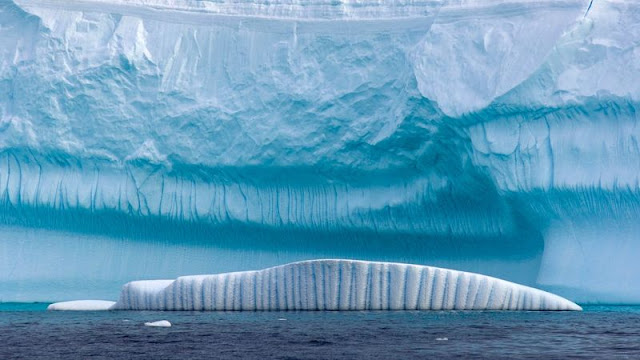Tourism is the largest economic industry in the Maldives, as it plays an important role in obtaining foreign exchange earnings and generating employment in the country's tertiary sector. The archipelago of the Maldives is the main source of attraction for many tourists who visit the country around the world.
History
Tourism in the Maldives began in 1972. A United Nations development mission that visited the Maldives in the 1960s did not recommend tourism, claiming that the islands were not suitable. Since the launch of the first resort in the Maldives in 1972, however, tourism in the Maldives has flourished. It is estimated that the arrival of the first group of tourists occurred in February 1972. Tourism in the Maldives began with only two tourist centers with a capacity of approximately 280 beds. Kurumba Island Resort is the first resort open in Maldives, followed by Bandos Island Resort. At present, there are more than 105 tourist centers located in the different atolls that constitute the Republic of Maldives. Over the decades, the number of tourists in the Maldives is continuously increasing. In 2009, the guest houses of the local islands began to appear in the Maldives. This was due to a change in regulations that officially began allowing tourists to remain among the local population, rather than just private tourist islands. In 2015, a total of 1.2 million tourists visited the Maldives, and another 1.5 million visited 2016.
In 2018, the Maldives operated 130 resort islands. Work is currently underway to increase the capacity of tourism halls by building another 23 properties, which will include foreign developers such as Waldorf Astoria, Movenpick, Pullman and Hard Rock Café Hotel. Extensive improvements at the Velana International Airport will allow 7.5 million visitors by early 2019 or 2020
Level of tourism development.
Tourism in the Maldives began in 1972 with only three hotels, now there are more than 100 resorts in operation. The unique condition of Maldives is that an island is a resort, which means that a hotel occupies the entire island. By doing so, the resorts offer more privacy and more luxury for their visitors. Maldives is also trying to stay green and use more solar energy than diesel. The Maldives offer facilities and services, entertainment and telecommunications services, and also offer numerous resorts, hotels, guest houses and liveboards.
Description of a typical tropical resort
A resort of Maldives
A resort in the Maldives usually consists of an exclusive hotel on its own island, with a population composed entirely of tourists and labor, without inhabitants or local houses.
The islands developed for tourism usually have a size of 800 by 200 meters and are composed of sand and coral up to a maximum height of about 2 meters above the sea. In addition to its beach that surrounds the island, each island has its own "reef" that serves as a coral garden and a natural aquarium for scuba divers and divers. The shallow waters enclosed by the house reef also serve as a large natural pool and protect swimmers from the waves of the sea and strong tidal currents outside the reef of the house.
The buildings in a typical complex include rooms and suites reserved for the use of their guests, restaurants, cafes, shops, lounges, bars, nightclubs and diving schools. A part of the island also contains accommodation for staff and support services such as catering, electric generators, laundry and a sewer system. The stores on the island offer a wide range of products, such as souvenirs and artifacts. Most resorts offer a wide variety of activities such as aerobics, volleyball and table tennis.
Workers and tourism entrepreneurs.
Workers in the tourism industry are represented by the Maldives Tourism Employees Association (TEAM). TEAM argues that the 25,000 workers employed in the industry face poor conditions and have very low salaries (between US $ 80 and US $ 235 per month) given the cost of living . The employers' organization is known as the Maldives Association of the Tourism Industry.
Climate concerns
The economy of Maldives is very influenced by climate changes. The tourism sector may be affected by the increased likelihood of violent storms, damage to coral reefs and erosion of beaches, which is now more likely to occur due to rising seas.
As a result of climate change, Maldives is now facing the problem of the increasing discoloration of the seas and coral reefs. According to the World Bank, with "future levels of



















































